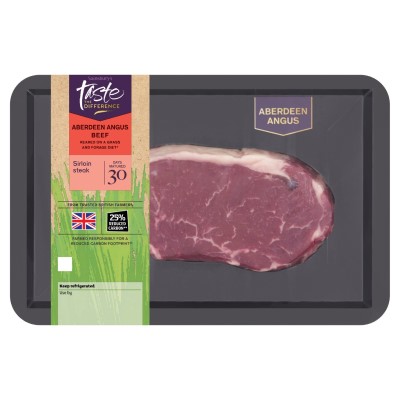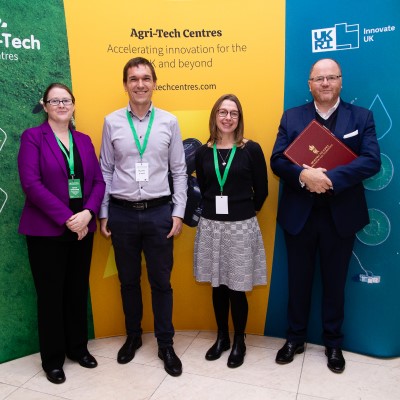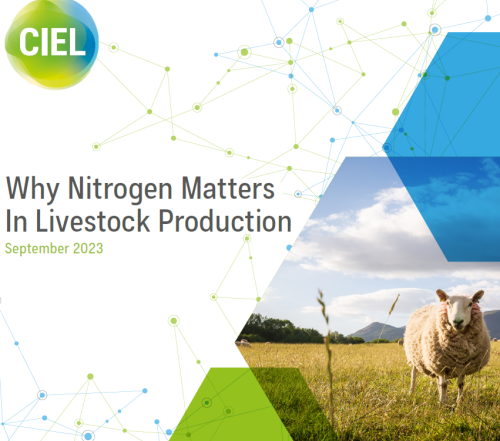CIEL | News: Lowering the carbon footprint of livestock can start now
Climate change legislation and changes in consumer habits are driving the need for a reduction in the carbon footprint of meat and milk production. An extensive programme of research currently being undertaken at the Agri-Food and Biosciences Institute (AFBI) is investigating ways to both reduce emissions from livestock farming while also maximising the storage of carbon in our landscapes
One recent project completed on behalf of CIEL has highlighted the key mitigations that local livestock farmers can realistically undertake now or in the near future which will reduce greenhouse gas (GHG) emissions from their farms.
Delivered in collaboration with academic colleagues from Queen’s University Belfast, Scotland’s Rural College (SRUC) and Rothamsted Research, the report provides pragmatic information for the industry to make major advances now. This is especially important as the agriculture sector is expected to make its contribution to reduce emissions in order for the UK to realise its target of net zero emissions by 2050.
While the report focuses on the impact of actions per livestock sector, it also calculates the overall impact of a number of key mitigations when applied to all livestock in the UK. When key mitigations such as improvements in production efficiency for both animals and grassland management, as well as the use of greenhouse gas (methane and nitrous oxide) inhibitors were modelled, a 23 percent reduction in GHGs, and a 15 percent reduction in ammonia emissions were realised for the whole of the UK livestock industry. However, this assumed 100% adoption of these practices across all livestock types across the whole of the UK.
Leader of the science consortium, Professor Elizabeth Magowan from AFBI said, “The agriculture sector faces a challenging task in balancing the need to reduce the environmental impact of farming on one side, while ensuring food security and the profitability and livelihoods of farmers on the other. This report offers a practical guide to assist farmers, advisers, supply chain partners and policy makers to make well informed, evidence based decisions when it comes to farming in a net-zero world.
“History has shown that agriculture has consistently responded to humanity’s greatest challenges, and the sector now has an opportunity to rise to the challenge once again. This AFBI lead report on behalf of CIEL offers a unique insight into realistic and affordable changes, as modelled through real life case studies on livestock. It provides farmers with a clear guide in selecting the relevant combination of key interventions to reduce both their farm’s individual carbon footprint and the national level of emissions whilst ensuring the supply of high quality, nutritious food,” concluded Professor Magowan.
Whilst the estimates of reductions are encouraging, the report also points to the many gaps still existing in the knowledge base. It presses for the urgent need of continuing research and innovation to bring forward new solutions and ensure the efficacy of current solutions is optimised for UK farming systems, such as for methane inhibitors. It also points to the difficulties in reconciling different methods of recording the impacts of agriculture on the environment, and a call for more robust and harmonised methods of calculating carbon footprinting. The need to understand the carbon in our soils and landscapes and the changes in these stocks of carbon due to farming practices is also critical.
While there is no silver bullet the need for improvement in herd or flock production efficiency is fundamental. Increasing productivity per animal whilst reducing input costs is something the report concludes can be done right now. Furthermore, this will also free up land that can be converted to woodland or forestry, thereby sequestering more carbon and reducing the overall carbon footprint of farms without reducing the overall output of the farm.








